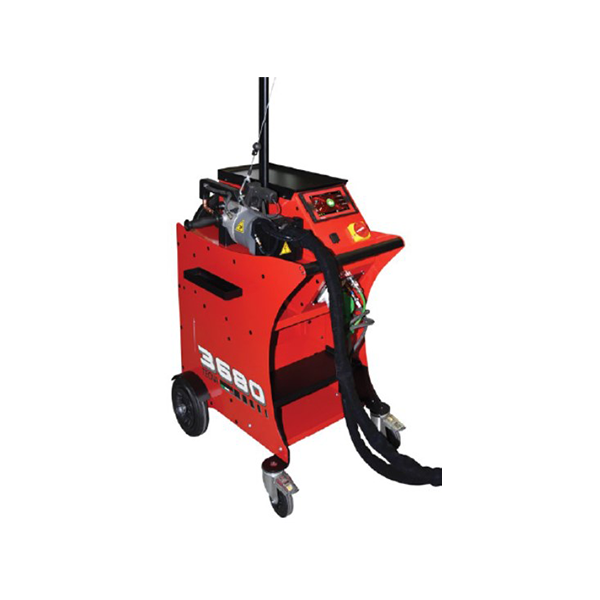As a result of the world leaders experience, the GYSPOT INVERTER PTI-G is the spot welder of the future. The on-board intelligence guarantees full automation, offering bodyshops the ability to increase their efficiency: Genius G-clamp with pneumatic over-opening, easy arm positioning without adjustment, motorized overhanging arm providing a wide working area. It is the most advanced machine for the active bodyshop.
